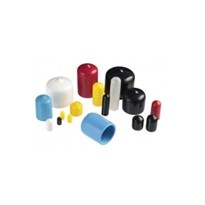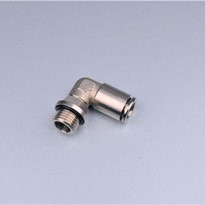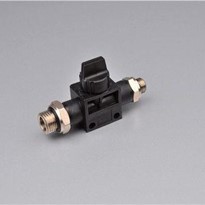In the world of fluid and pneumatic systems, efficiency, reliability, and ease of installation are paramount. This is where Stainless Steel (SS) based push-in fittings step into the spotlight. These fittings have revolutionized the way connections are made in various industries, offering a plethora of benefits that have solidified their place as a preferred choice for fluid handling applications. In this article, we delve into the advantages of SS-based push-in fittings and explore why they are garnering increasing attention across industries.
A Seamless Fusion of Strength and Corrosion Resistance: Stainless steel has long been admired for its remarkable properties, combining high strength with excellent resistance to corrosion. SS-based push-in fittings inherit these attributes, making them a durable and reliable choice for applications where exposure to moisture, chemicals, or extreme temperatures is a concern. This ensures that the fittings maintain their structural integrity and performance even in harsh environments, enhancing the longevity of the systems they are integrated into.
Swift and Hassle-Free Installation: One of the standout features of SS-based push-in fittings is their simplicity of installation. These fittings are designed to eliminate the need for complex assembly processes or specialized tools. The "push-in" mechanism allows for quick and secure connections without requiring threading, soldering, or adhesive compounds. This not only saves time but also minimizes the risk of errors during installation, contributing to enhanced overall system reliability.
Seal of Leak-Free Assurance: Leakage in fluid systems can result in costly consequences, from product wastage to compromised safety. SS-based push-in fittings address this concern through their impeccable sealing mechanism. The fittings incorporate elastomeric seals that create a tight connection between the fitting and the tubing, effectively preventing leaks even under high pressures. This leak-free assurance is invaluable in industries such as manufacturing, automotive, and aerospace, where precision and reliability are paramount.
Versatility in Application: SS-based push-in fittings are adaptable to a wide range of applications due to their compatibility with various types of tubing materials, including plastic and metal. This versatility extends their use across industries such as healthcare, food and beverage, and electronics. From conveying fluids to controlling pneumatic systems, these fittings are a versatile solution that can be tailored to meet specific operational requirements.
A Multitude of Configurations: SS-based push-in fittings come in a variety of configurations to suit different needs. Some of the common configurations include straight fittings, elbow fittings, branch tees, run tees, and union tees. This diverse array of options allows engineers and system designers to create intricate systems while maintaining the simplicity and efficiency of push-in connections.
Maintaining Aesthetic Appeal: In industries where aesthetics matter, such as architectural installations or high-end appliances, SS-based push-in fittings shine. The sleek and polished appearance of stainless steel not only complements modern designs but also maintains its appearance over time, resisting discoloration and degradation. This ensures that the fittings not only perform their function flawlessly but also enhance the visual appeal of the systems they are part of.
Environmental Consciousness: As the world places a greater emphasis on sustainable practices, SS-based push-in fittings are a choice that aligns with this ethos. Stainless steel is fully recyclable, contributing to reduced environmental impact. Additionally, the durability of SS-based push-in fittings means less frequent replacements, reducing waste generation and conserving resources in the long run.
Conclusion: Stainless Steel (SS) based push-in fittings have transformed the landscape of fluid and pneumatic systems by offering a blend of strength, corrosion resistance, and ease of installation. Their leak-free assurance, adaptability, and aesthetic appeal make them an attractive choice for a plethora of industries. As technology continues to evolve, SS-based push-in fittings stand as a testament to the power of innovation in simplifying complex processes while enhancing reliability. Embracing these fittings is a step towards a future where efficiency and sustainability go hand in hand.
Here are some of the common types of SS-based push-in fittings:
· Straight Fittings: Straight fittings, also known as union connectors, provide a straightforward connection between two tubing ends in a straight line. They are commonly used when a simple linear connection is needed without any change in direction.
· Elbow Fittings: Elbow fittings have a bend in them, usually at a 90-degree angle, allowing the tubing to change direction. These fittings are ideal for situations where tubing needs to be routed around obstacles or when connections need to be made at corners.
· Branch Tee Fittings: Branch tee fittings have three ports, with one inlet and two outlets. They are used to split a fluid or pneumatic line into two separate lines, allowing the flow to be directed to different parts of a system.
· Run Tee Fittings: Run tee fittings also have three ports, but they are designed to connect a single inlet to two separate outlets. This configuration is useful when two lines need to be supplied from a single source.
· Union Tee Fittings: Union tee fittings have three ports and provide a simple way to connect three tubes in a T-shaped configuration. These fittings are commonly used in systems where three lines need to be connected or branched off from a main line.
· Bulkhead Fittings: Bulkhead fittings are designed to pass through a panel, wall, or enclosure, allowing tubing to be connected on both sides. These fittings are useful when connections need to be made between different compartments or through barriers.
· Reducer Fittings: Reducer fittings are used to transition between tubing of different sizes. They ensure a smooth connection between larger and smaller tubing, maintaining the integrity of the fluid or pneumatic system.
· Plug Fittings: Plug fittings are used to seal off unused ports in a system, preventing leaks and contamination. They come in various styles, including threaded plugs and push-in plugs.
· Cross Fittings: Cross fittings have four ports arranged in a cross shape. They allow for connections in multiple directions and are useful in complex systems that require multiple branching points.
· Bulkhead Union Fittings: Bulkhead union fittings are similar to bulkhead fittings but offer a union connection on both sides of a panel, enabling quick disconnection and reconnection of tubing.
· Swivel Fittings: Swivel fittings have the ability to rotate around their connection point, allowing for greater flexibility in the orientation of the tubing. This is particularly useful when dealing with dynamic systems or tight spaces.








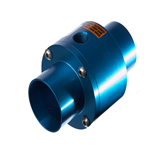
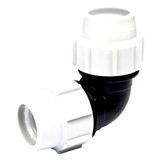





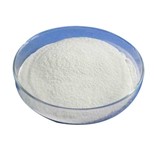

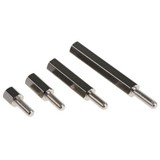
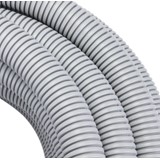


-205x205.jpg)

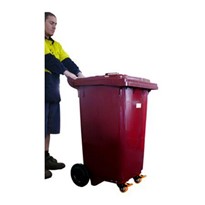


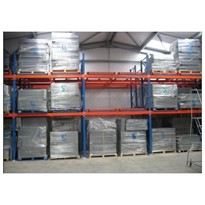
-205x205.jpg)
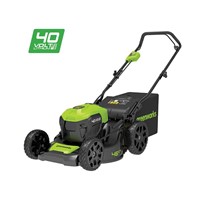
-205x205.jpg)
